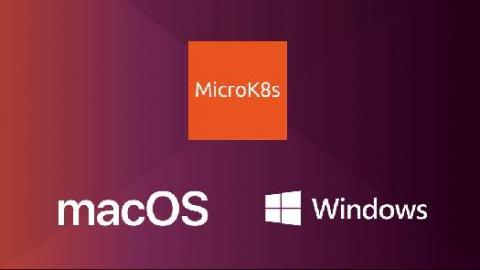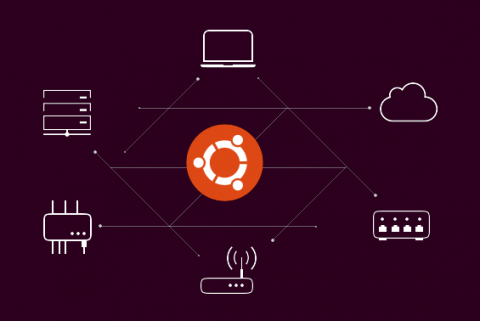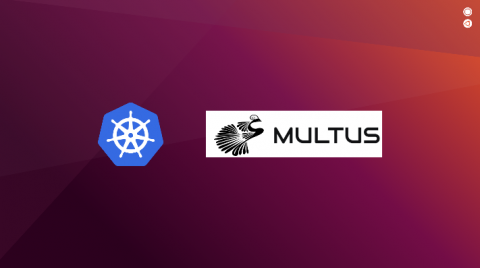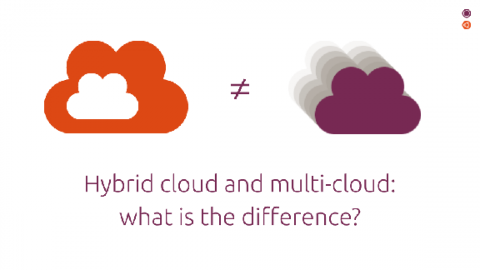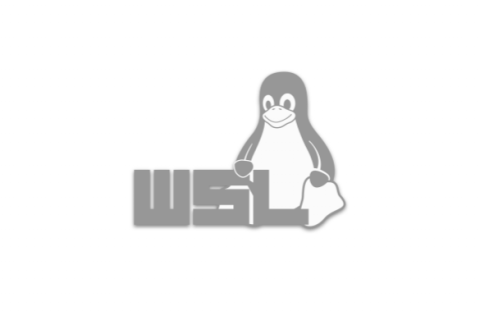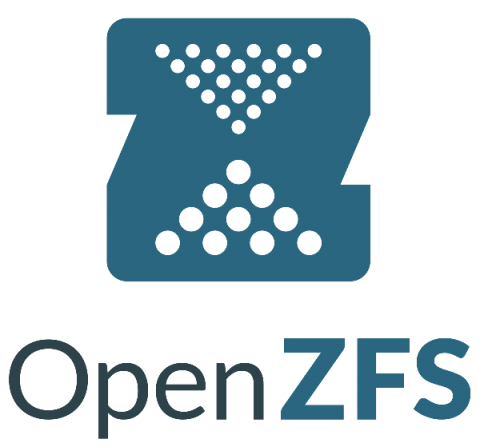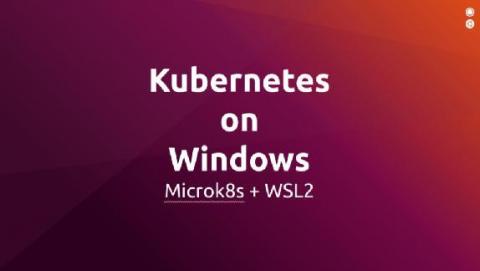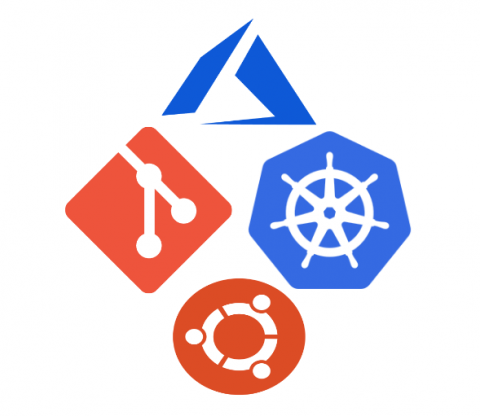MicroK8s now native on Windows and macOS
Windows and macOS developers can now use MicroK8s natively! Use kubectl at the Windows or Mac command line to interact with MicroK8s locally just as you would on Linux. Clean integration into the desktop means better workflows to dev, build and test your containerised apps. MicroK8s is a conformant upstream Kubernetes, packaged for simplicity and resilience. It provides sensible defaults and bundles the most commonly used components for at-your-fingertips access.


